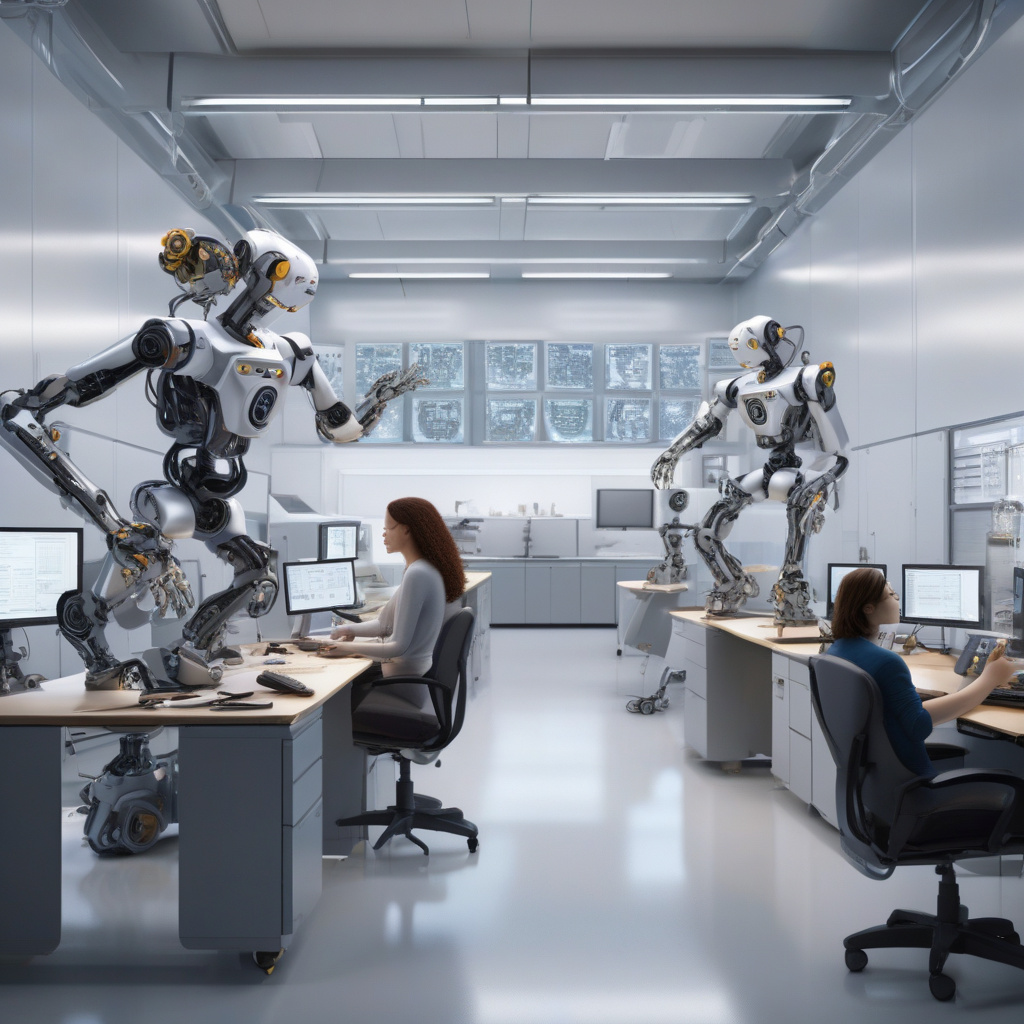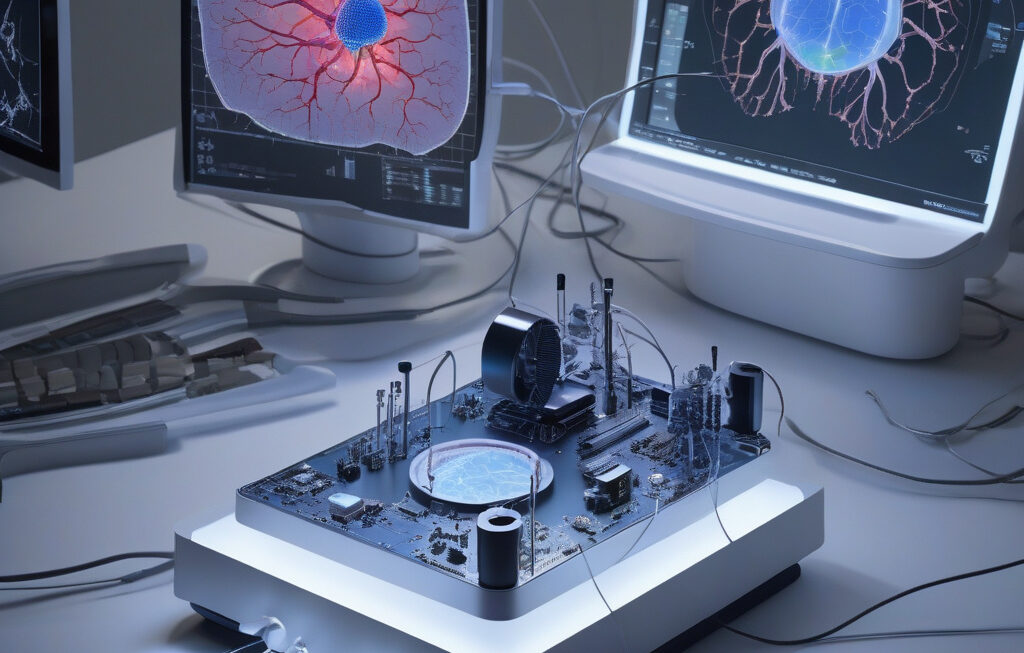US Engineers’ AI System Converts Simple Text Into Real, Walking 3D Robots in a Day
The traditional model of robotic design has long demanded extensive knowledge in engineering, AI systems, and complex coding. However, a groundbreaking innovation by US engineers is set to revolutionize this process entirely. This new AI system has the capability to transform simple text descriptions into real, walking 3D robots within a single day, marking a significant advancement in the field of robotics.
Imagine being able to describe a robot in plain language, detailing its appearance, functionality, and movements, and seeing it come to life within hours. This is the promise that this cutting-edge AI system holds. By eliminating the need for manual design and programming, it streamlines the robotic development process, making it more accessible to individuals without a traditional background in robotics.
The implications of this innovation are far-reaching. One of the key advantages is the speed at which robots can now be prototyped and developed. In industries where time-to-market is crucial, such as manufacturing and logistics, this can provide a significant competitive edge. Companies can quickly iterate on designs, test different functionalities, and accelerate the deployment of robotic solutions.
Moreover, the democratization of robotics is a core aspect of this development. By lowering the barrier to entry and simplifying the design process, more individuals and businesses can harness the power of robotics for various applications. From small businesses looking to automate repetitive tasks to researchers prototyping new robotic concepts, the accessibility of this AI system opens up a world of possibilities.
The technology behind this AI system is equally impressive. Leveraging advancements in machine learning, natural language processing, and 3D modeling, the system interprets text descriptions and generates corresponding robot designs autonomously. Through a combination of neural networks and simulation algorithms, it refines the designs based on feedback, continuously improving the accuracy and realism of the generated robots.
In addition to its practical applications, this innovation also has significant implications for education and research. Aspiring roboticists and students can now experiment with robot design and behavior without getting bogged down in technical details. This hands-on approach to learning can inspire the next generation of engineers and innovators, fueling further advancements in the field of robotics.
While the current capabilities of the AI system primarily focus on simple text-to-robot conversions, the potential for expansion into more complex designs is immense. As the technology matures and the dataset grows, we can expect to see even more sophisticated and diverse robots being created through this AI-driven process.
In conclusion, the development of an AI system that can turn simple text descriptions into real, walking 3D robots in a day represents a significant leap forward in the field of robotics. By democratizing access to robot design, accelerating development timelines, and fostering innovation and education, this innovation paves the way for a future where robotic solutions are more accessible and ubiquitous than ever before.
robotics, AI, innovation, engineering, automation











